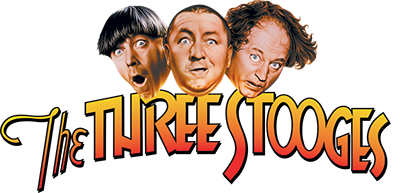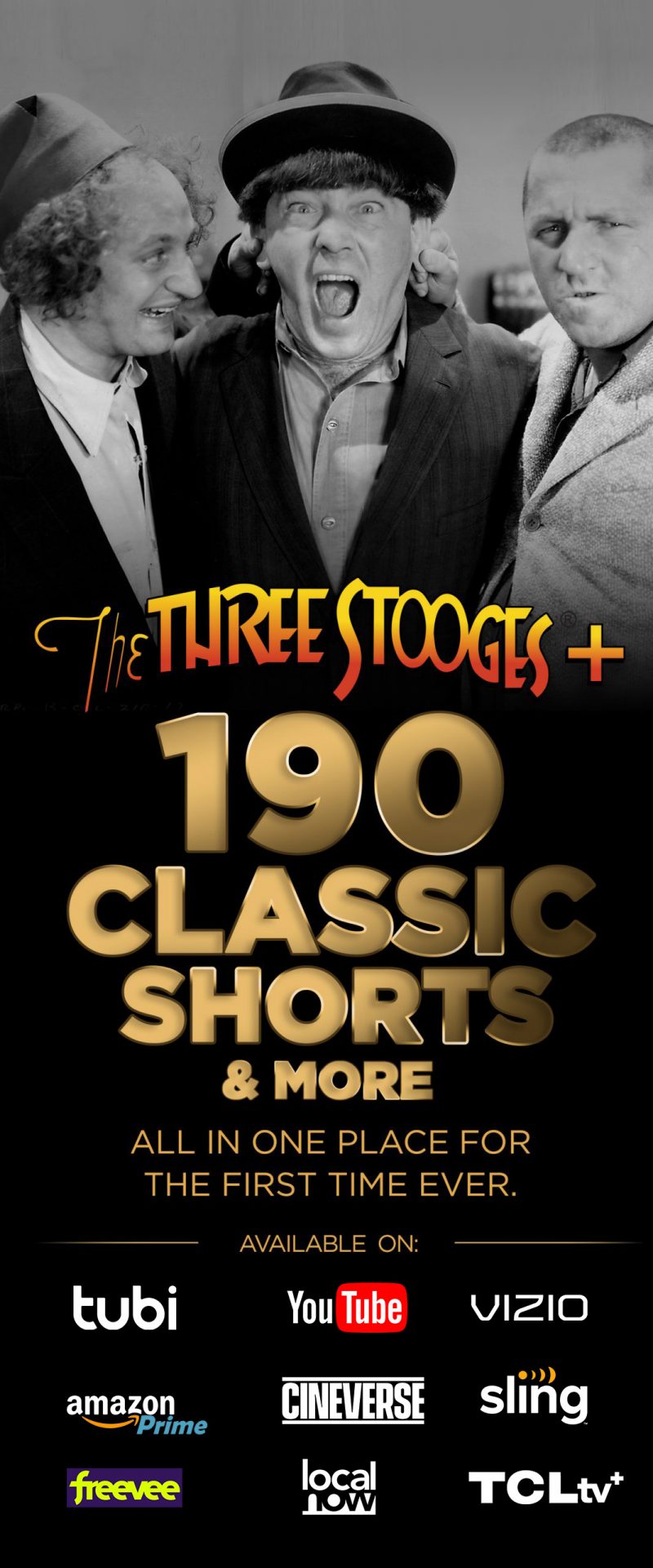Watch The Full Version of Disorder In The Court
Production Information
Title: Disorder In The Court
Studio: Columbia
Short Number: 15
Release Date: May 30, 1936
Running Time: 18:01
“He’s asking you if you’ll swear…” “No! But I know all da woids.”
(Edward LeSaint & Curly)
Cast & Crew
| Directed by | Preston Black |
|---|---|
| Produced by | Jules White |
| Written by | Felix Adler |
| Starring | Moe Howard Larry Fine Curly Howard Bud Jamison Harry Semels Suzanne Kaaren James C. Morton Edward LeSaint Solomon Horwitz Al Thompson Eddie Laughton |
| Cinematography | Benjamin H. Kline |
| Edited by | William A. Lyon |
Short Take
In Disorder In The Court, Gail Tempest stands accused of murdering Kirk Robbin, the owner of the Black Bottom Cafe, and it’s up to the defense’s three main witnesses – Howard, Fine and Howard – musicians at the club who offer to give witness to her innocence and help clear her name by demonstrating the dance number in front of the jury … Who killed Kirk Robbin?
Disorder In The Court: Perspective
After the previous experiment in retaliatory violence, this well-known Jack White/Felix Adler film breaks new ground by putting The Stooges into a courtroom parody, bringing them back to the more harmless style of comedy that had been so successful for them in the mid-1930s. Courtroom parody was a natural choice. Adler had already written parodies of hospital (Men in Black) and ‘backlot’ films (Movie Maniacs), and courtroom dramas were already a staple of Hollywood films: MGM’s very first all-talking film was the courtroom drama, The Trial of Mary Dugan (1929).
Plot
Perhaps the direct inspiration for this plot was Paramount’s The Canary Murder Case (1929), which Adler brightens with the question ‘Who killed Kirk Robbin.’ Childish nursery rhymes find their way periodically into Stooge films (as already in MGM’s Nertsery Rhymes), and this is easily recognized variation on ‘Who Killed Cock Robin’ sets the entire film into motion. The murderer in the original version is the sparrow ‘with my bow and arrow,’ so later in the first scene of the film we meet a second ornithological character – Polly, the parrot, who insists “Read the letter!” It is this same parrot who the final scene will reveal the real killer, ‘Buck Wing.’ a name which hints at both the nursery rhyme and bird imagery as well as the dancing nightclub milieu The Stooges bring into the courtroom. Felix Adler skillfully leads his narrative from the nursery rhyme to The Stooges playing childish games, and from the swinging ‘vernacular’ of the jazzy set to the letterpress to the pistol back to the parrot and Buck Wing’s confession: “I killed Kirk Robin, and not with my little bow and arrow.” Keeping it light-hearted and airy. Adler/White add several Stooge sequences involving non-Stooges, most notably Curly’s swearing-in procedure.
Take Off Your Hat
The latter captures Curly at his most brilliant, demonstrating how effectively he portrays mental confusion, natural shyness, a whining temper, and handwaving defiance. In this set piece lasting over two minutes, Curly has the rare opportunity for a slow burn, and because Moe and Larry are not involved, he has no option but to do what he is told despite the contradictory instructions to “raise your right hand!” and “take off that hat!”
Funny Business
This is just one example of how this setting gives The Stooges an opportunity to play swinging musicians who have no respect for courtroom procedure but a sure sense of justice. That justice prevails only after The Stooges play tic-tac-toe on the D.A.’s rear, launch a bass bow, shoot a toupee, swallow a harmonica, bank half the jurors on the head, and soak a parrot with a fire hose, is precisely what makes this film work. It maintains its narrative focus within unities of space and time while allowing The Stooges to abuse the normally somber courtroom atmosphere. Nothing and no one stands in their way, not the ‘judgie-wudgie’ who tries to establish protocol, not the DA who tries to object, and not the ‘intellectual’ jury. A triumphant ending results from the determination and energy The Stooges put into their efforts to prove Gail Tempest innocent. Once again they prove to be unlikely heroes and, despite their behavior, save the damsel-in-distress.
Trivia
- The Stooges’ musical courtroom performance is “Push ‘Em Up,” by Howard Jackson.
- ‘Vici Kid’ was a brand of leather popular in 1920/1930s shoe fashion. Curly’s supposed ad-lib (it is not in the script), “Oh, vici kid,” is apparently a reference to James C. Morton’s toupee, comparing it to a patch of leather.
- The publicity still shown here has Moe playing the bass fiddle, but in the actual film, Curly played it. Moe held a baton and played a mouth harmonica, which Curly made him accidentally swallow when he said, “That was sure HOT Moe!” and slapped him on the back.
- Costar Suzanne Kaaren (‘Gail Tempest’) was a guest of the 1991 Three Stooges Convention in Philadelphia.
- Sol Horwitz, the father of Moe, Curly, and Shemp Howard, makes an uncredited appearance as a member of the public audience.
- This is the first Stooge short in which Curly is spelled “C-U-R-L-Y” in the opening titles instead of the previous “C-U-R-L-E-Y.” The title card also has The Stooges inverted reading from left to right, Curly-Larry-Moe, as opposed to Moe-Larry-Curly in previous shorts, effectively giving Curly “top billing.” This change in the title card coincides with the refined and more familiar Columbia Pictures image of a torch-bearing woman, with a shimmering light instead of the primitive animation of light rays in the previous version. In addition, the “Columbia” theme now uses a more upbeat theme, featuring a brass introduction.
- A shot of the trio performing in court was used by Hershey’s in a 1980’s ad campaign.
Production Notes
- Disorder in the Court was filmed over six days on April 1-6, 1936.
- The film title is a play on the stereotypical judge’s cry, “Order in the court!”


